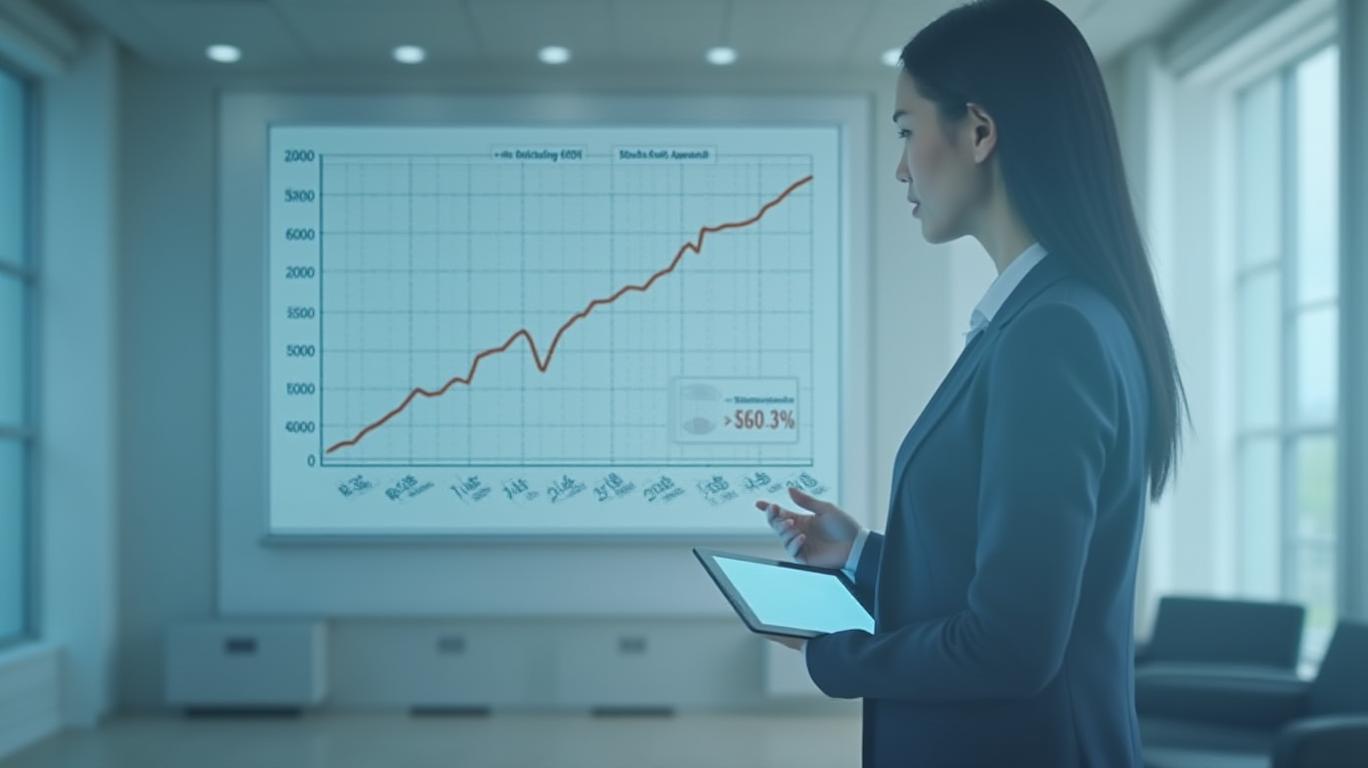Japan's Inflation Surge Tests BOJ's Delicate Balancing Act
Japan’s economy is at a crossroads. Core inflation hit 3.2% year-on-year in March 2025—the highest in decades—marking the third straight year of exceeding the Bank of Japan’s (BOJ) 2% target. While this might signal a victory for policymakers, the reality is far more complex. Persistent price pressures, driven by soaring food costs and corporate cost-shifting, are colliding with external headwinds from U.S. trade policies, leaving the BOJ in a precarious position to normalize monetary policy without stifling growth.
The Inflation Puzzle
The headline inflation rate of 3.2% masks deeper structural shifts. Rice prices surged 92.5% year-on-year, while energy and food costs continued their relentless climb. Even the BOJ’s “core-core” measure—which excludes energy and fresh food—hit 2.9%, signaling that underlying inflation is no longer transient. Wages, however, remain stubbornly lagging, with real income growth projected to weaken by 2026. This disconnect between rising prices and stagnant wages is a red flag for households, who now face a squeeze that could curb consumer spending and, ultimately, economic momentum.

Trade Barriers Complicate the Picture
The U.S. tariffs—25% on steel, aluminum, and automobiles, plus a 10% baseline tariff on all imports—are exacerbating Japan’s challenges. While these measures aim to protect U.S. industries, they hit Japan’s export-reliant economy hard. The BOJ now anticipates a near-zero GDP growth rate in Q3 2025, as tariffs raise input costs for manufacturers and reduce demand for Japanese goods.
Nomura analysts, who recently downgraded their rate-hike forecasts, warn that the BOJ can no longer rely on inflation trends alone. Their revised outlook—projecting just one rate hike by March 2027, delayed until January 2026—reflects concerns that tariff-driven inflation could paradoxically weaken domestic demand. As BOJ Governor Kazuo Ueda noted, “Tariffs are a double-edged sword: they boost prices but also threaten the economic stability needed for sustainable inflation.”
The Investment Dilemma
For investors, Japan’s environment presents both risks and opportunities. On one hand, the BOJ’s reluctance to raise rates beyond its current 0.5% target could support equity valuations in the short term. However, the risks of a sharper economic slowdown—driven by trade barriers and weakening wage growth—loom large.
Sectors like agriculture and energy, which are insulated from trade disputes, could outperform. Meanwhile, export-heavy industries such as autos and machinery face significant headwinds. Investors should also monitor the Nikkei 225’s performance, which has historically mirrored policy expectations and trade sentiment.
Conclusion: Navigating Uncertainty
Japan’s inflation surge is not a simple victory for the BOJ—it is a warning. With prices rising at 3.2% for 36 consecutive months, the central bank must decide whether to normalize policy or risk stifling an economy already buckling under U.S. tariffs. The data is clear: tariff-driven inflation is here, but it lacks the wage growth needed to sustain a healthy recovery.
Investors would be wise to prioritize defensive sectors and avoid overexposure to trade-sensitive industries. The BOJ’s April meeting will be critical—any downgrade to growth forecasts or hints of further easing could reshuffle market dynamics. For now, the message is stark: Japan’s inflation success is fleeting without a resolution to its trade woes.
This analysis synthesizes inflation data, BOJ policy signals, and geopolitical risks to underscore the fragility of Japan’s recovery. With tariffs threatening GDP growth and wage growth lagging, the path to policy normalization remains fraught with uncertainty.


_442a2dcc1749832873286.jpeg)
_e68fac6d1749831664430.jpeg)






